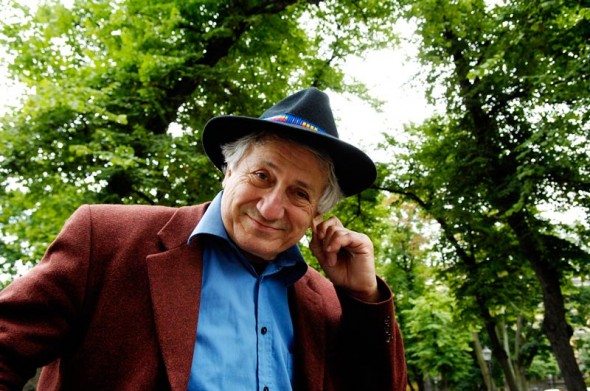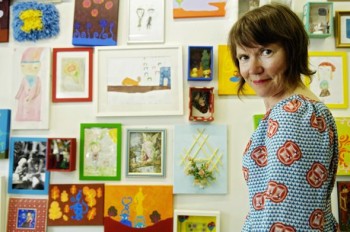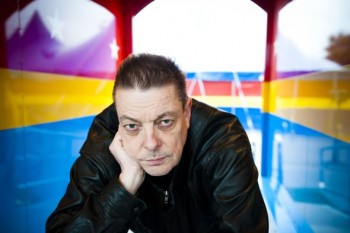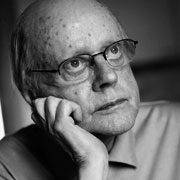Search results for "Huovinen veikko"
New from the archives
5 February 2015 | This 'n' that
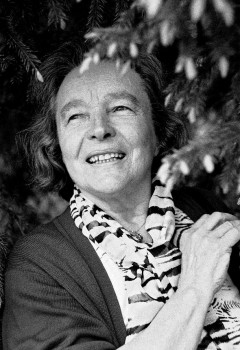
Eeva Kilpi. Kuva: Veikko Somerpuro
When we first published this piece, evacuation in Europe was a distant memory. The violent events that were to take place in what was then still Yugoslavia – Serbia, Croatia, Slovenia, Bosnia, Kosovo – were still to come.
Reading Kilpi’s description of her departure from eastern Karelia as an 11-year-old girl in 1939 with these more recent events in mind makes her evocation of the as-yet-unshattered familiarity of everyday life, the fragility of her prayers that everything will be all right, all the more poignant.
Kilpi (born 1927) is a poet, short-story writer and novelist who shot to international fame with her experimental, erotic novel Tamara (1972; English translation Tamara). She won the Runeberg Prize in 1990 for Talvisodan aika (‘The time of the winter war’), from which this extract is taken.
*
The digitisation of Books from Finland continues apace, with a total of 355 articles and book extracts made available online so far. Each week, we bring a newly digitised text to your attention.
Science book of the year
13 January 2011 | In the news
 A book on Islamic cuisine and food culture by Helena Hallenberg and Irmeli Perho has won the prize for the Finnish science book of the year (Vuoden tiedekirja), worth €10,000. The prize is awarded by the Suomen Tiedekustantajien Seura, Finnish Science Publishers’ Association, and Tieteellisten seurain valtuuskunta, Federation of Finnish Learned Societies.
A book on Islamic cuisine and food culture by Helena Hallenberg and Irmeli Perho has won the prize for the Finnish science book of the year (Vuoden tiedekirja), worth €10,000. The prize is awarded by the Suomen Tiedekustantajien Seura, Finnish Science Publishers’ Association, and Tieteellisten seurain valtuuskunta, Federation of Finnish Learned Societies.
Ruokakulttuuri islamin maissa (‘Food culture in Islamic countries’, Gaudeamus) explores both cultural and culinary history in the Near East and other Islamic countries since the sixth century, from the Prophet Muhammad to this day – and yes, the book also contains recipes. Both the authors are academics: Hallenberg is a scholar of Islamic saints and Chinese Muslims’ ideas of health, while Perho specialises in Islamic history of ideas and society.

Cimex lectularius: the bedbug. Photo: Wikipedia
And a honorary mention, worth €2,500, was awarded to a large work, with excellent illustrations, on Heteroptera, an extensive family of bugs, one of which is the bedbug – luckily unknown to most of us. The vast majority of people have no idea, either, of the fact that there are 22 endangered species of these bugs in Finland, the home of 507 different representatives of the Heteroptera family. So, Suomen luteet – johdatus luteiden mielenkiintoiseen maailmaan by Teemu Rintala and Veikko Rinne (‘The bugs of Finland – an introduction to the interesting world of the Heteroptera’, Tibiale) is a lively proof of the amazing biodiversity of Finland.

